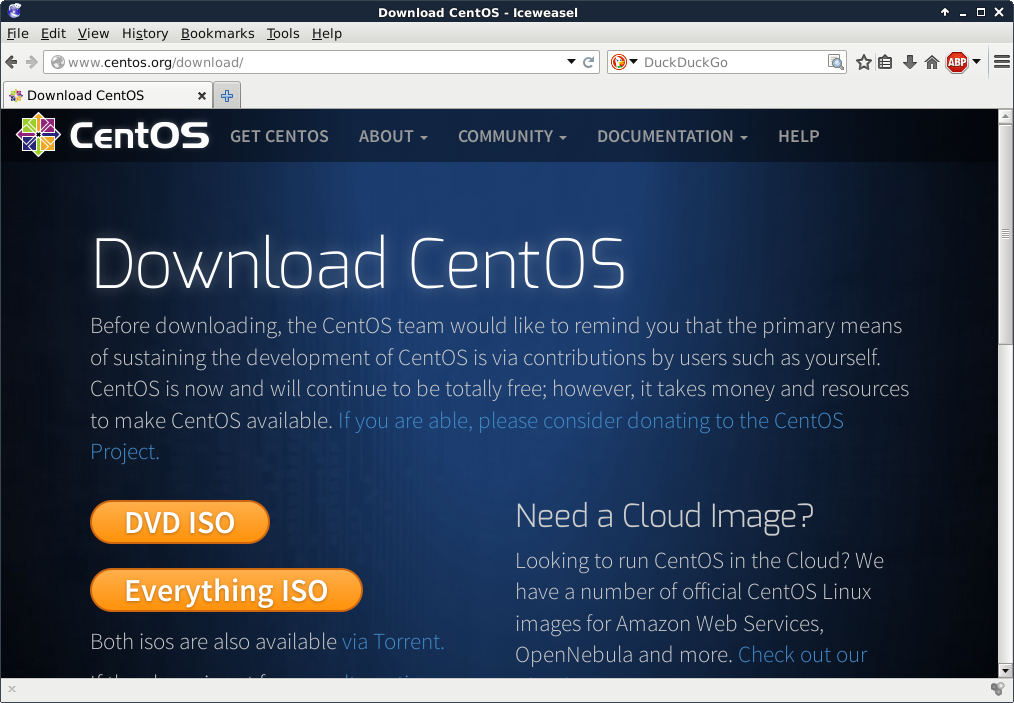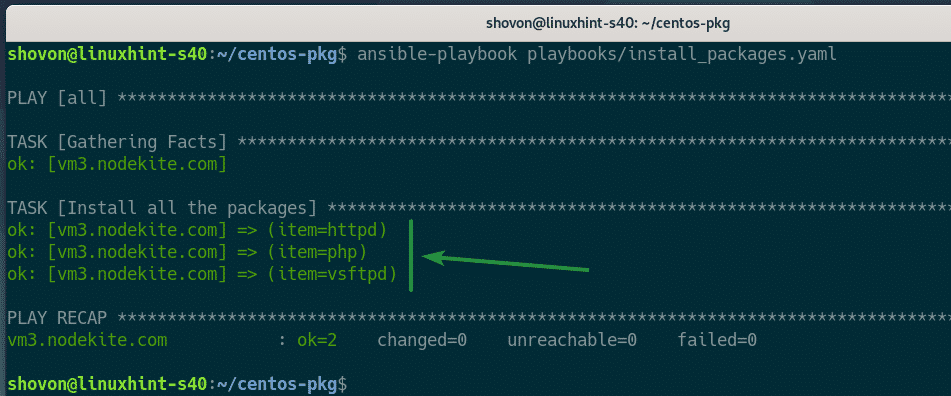

Some repositories are disabled by default.TrevorH wrote:iperf3 shouldn't be in EPEL any more as it's now part of the main distro. You can see if the repositories that you need are installed and enabledīy running the following command: yum repolist

ForĮxample, to replace the installed PHP package with the PHP 5.6 packageįrom the IUS repository, run the following command: sudo yum replace php -replace-with php56uįor more information, see the IUS Usage Guide. Package and installs any required dependencies at the same time. The plug-in provides a yum replace command that replaces a specified Plug-in for package replacement to simplify the upgrade process. Upgrade to a newer version in the IUS repository, install the IUS yum If you already have a software package installed that you want to Upgrade installed packages to IUS versions To install the EPEL release package, run the following command: sudo yum install $(rpm -E '%').rpm To install the EPEL release package, run the following The CentOS Extras repository includes a package to install EPEL, and isĮnabled by default. The following instructions use the 64-bit packages that work with Rackspace Cloud Servers instances. Package for your system and installing it. You install the EPEL repository by downloading the appropriate RPM The instructions in this article to ensure that you don’t create an

Have a managed support agreement, contact your provider before following Note: Exercise caution when using any third-party repository.

Only software that is not in the official CentOS and Red Hat repositories, IUS provides newer versions of software (like MySQL and PHP) that exist in the official repositories. Instructions are also included for installing the IUS Community Project. The official CentOS or Red Hat repositories. Repository provides useful software packages that are not included in Linux system to use the Fedora Extra Packages for Enterprise Linux (EPEL) repository. This article describes how to configure a CentOS or Red Hat Enterprise


 0 kommentar(er)
0 kommentar(er)
